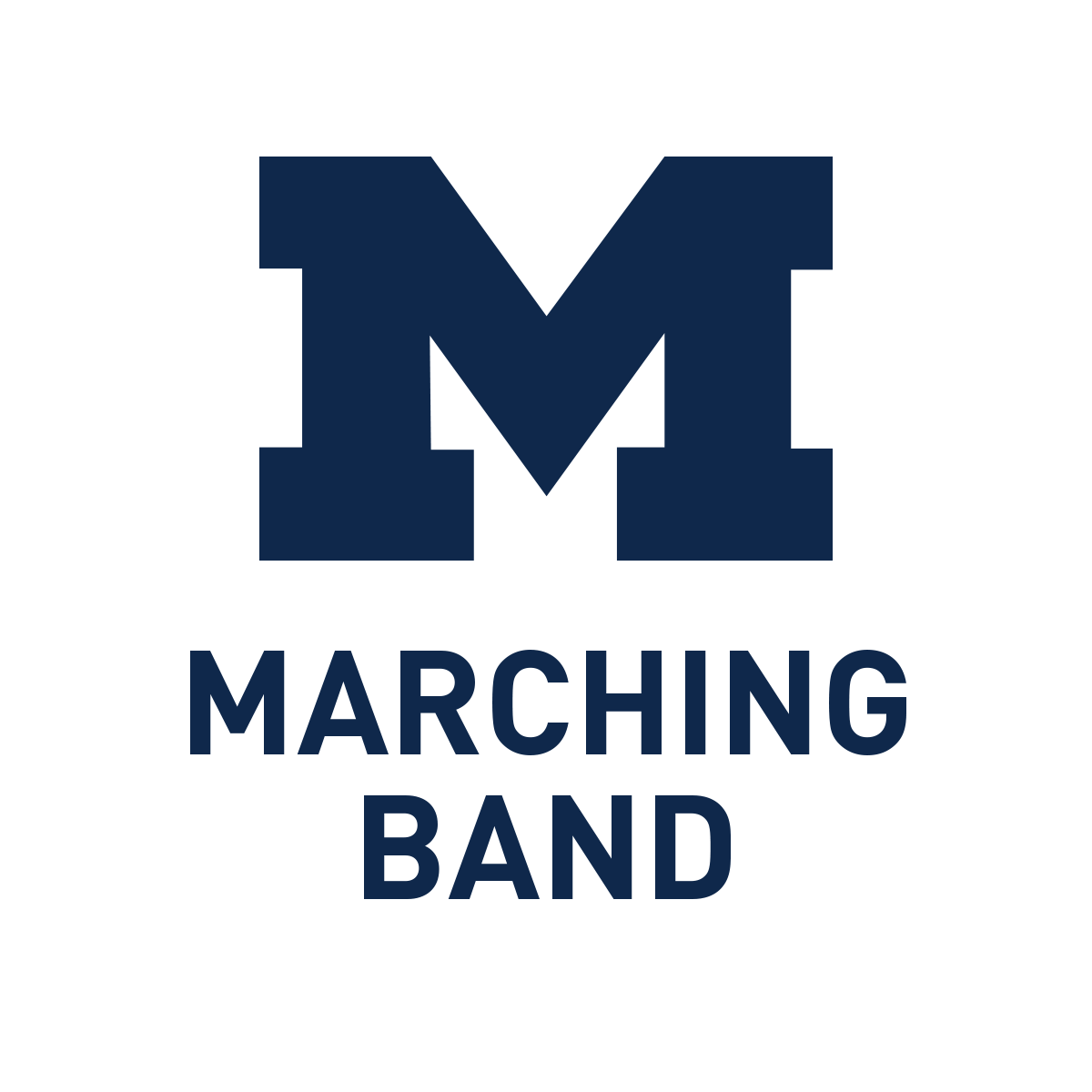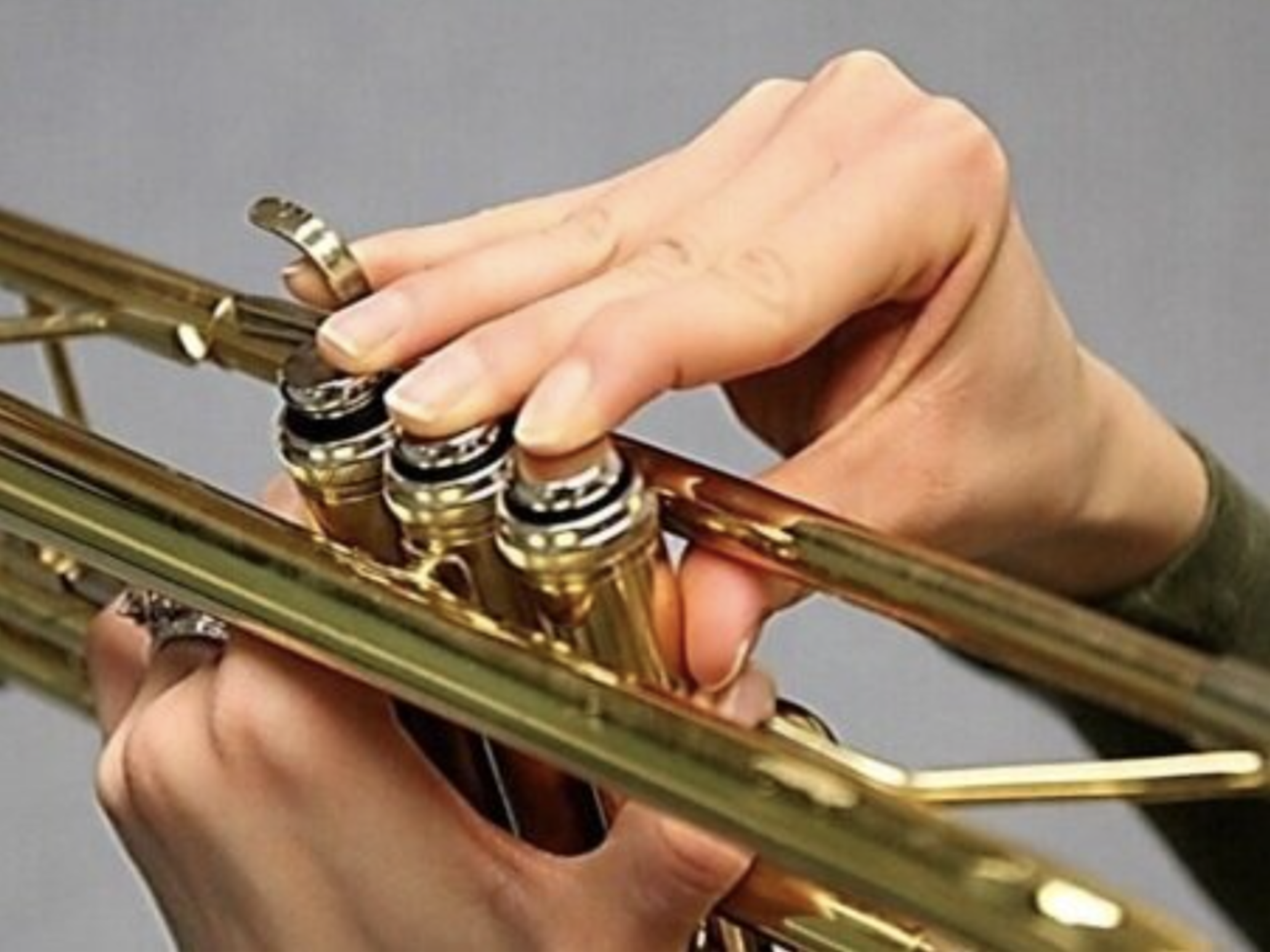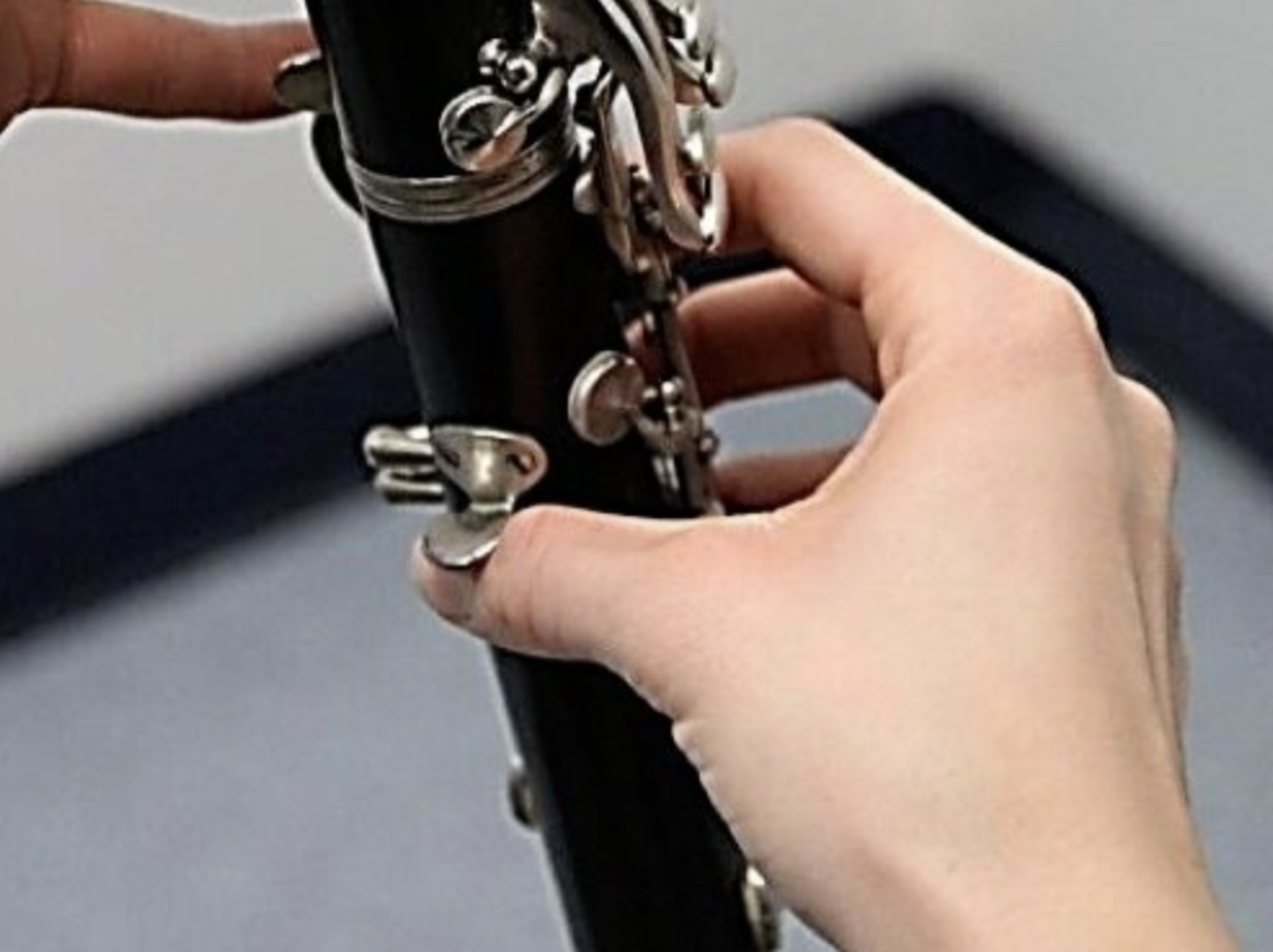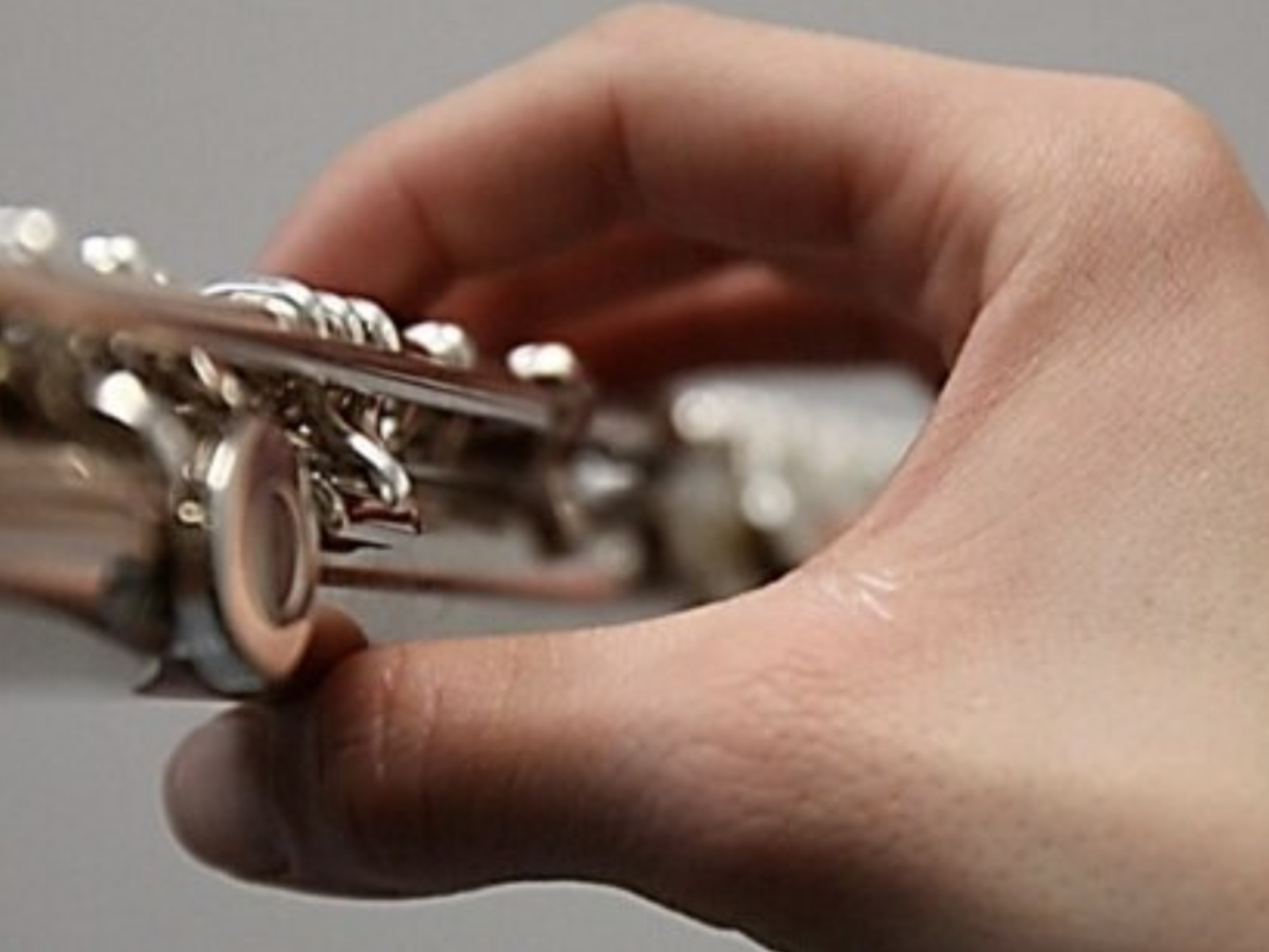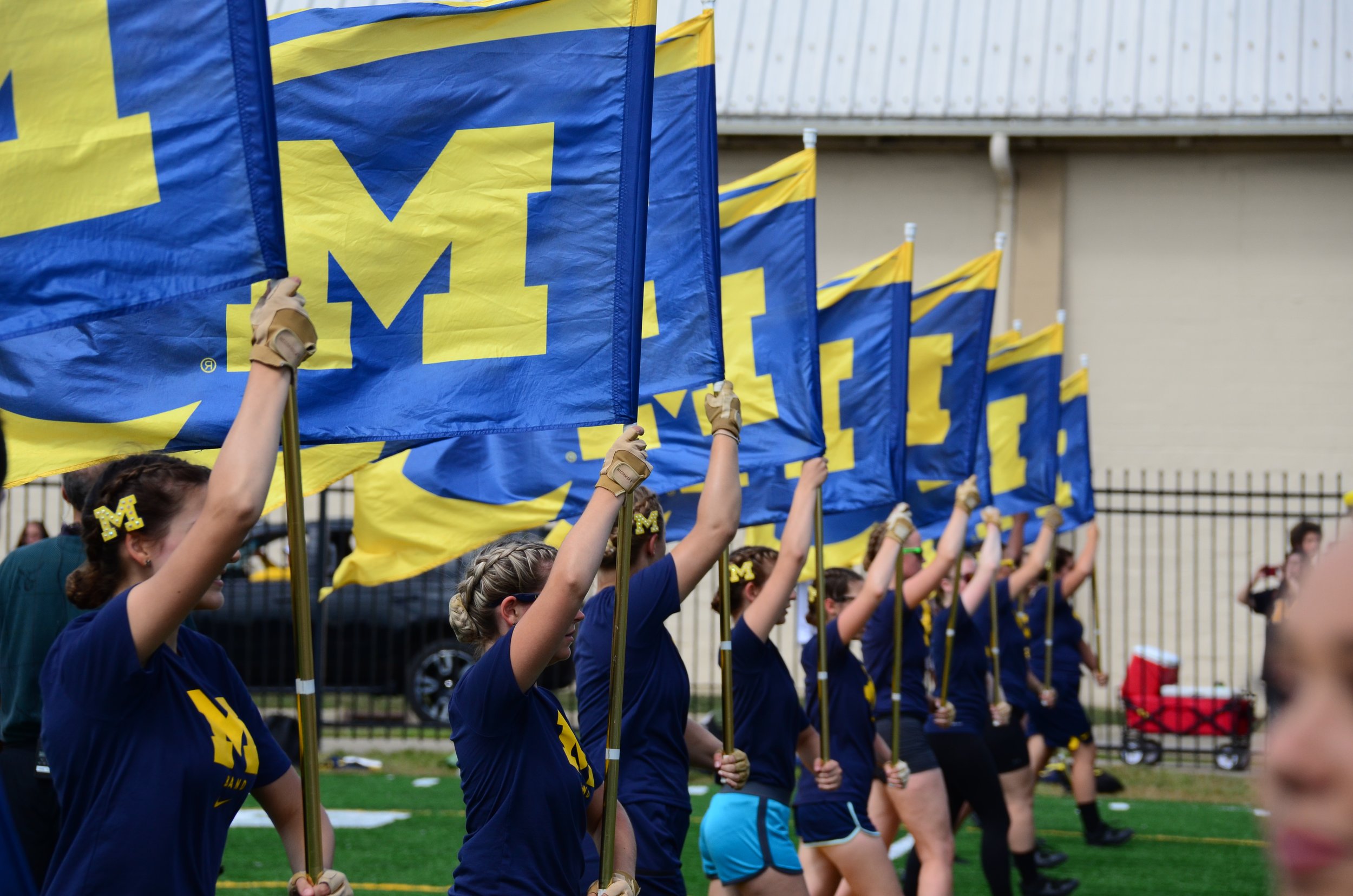
INJURY PREVENTION
INTRODUCTION to Injury
With thousands of participants nationally, marching band is a strenuous activity with significant potential for injury. Many musicians are willing to play through injuries at a very young age, and the risks do not stop musicians from pursuing their love of performing and playing their instruments. Some musicians even believe that pain is inherent to the level of performance they try to achieve. A sense of blame and responsibility for their injuries causes many musicians to ignore the pain, and to interpret their injuries as an indication of inferior talent and overall failure as a performer. The good news is that most injuries can be avoided and managed through understanding the cumulative load of practice and performance and the multiple variables involved in an injury.
Risk Factors for Injury
Muscle fatigue/tension
Poor posture
Biomechanical flaws and training errors (e.g. compression of the mouthpiece into the lips with brass instruments to facilitate higher notes, or the position of the instrument in relation to the mouth causing jaw issues)
Psychological stressors
Difficulties using hearing protection devices
Sudden increases in training
Changes in repertoire
Inadequate rest
Increased speed of movement (marching)
Setting formations and changing directions
The art and style of marching
Poor lighting and excessive sound levels (negatively impacts posture, quality of movement, and stress levels)
Showmanship of marching may exaggerate movements and increase the risk of injury due to the increased intensity and repetition of those movements
Acute
Sprained ankles
Lacerations/contusions from collisions
Concussions
Muscle strains
Chronic/Overuse
Posture-related
Aerobic fitness/fatigue
Delayed onset muscle soreness
Swollen/deformed joints
instrument-SPecific injuries
Brass
Force, posture, and repetition are the most common causal factors for injury. The arm holding the instrument is more heavily impacted due to its role in stabilizing a heavy instrument. The dominant hand experiences injuries due to fine motor work. Additionally, compression of the mouthpiece into the face can cause lip injury and tension in the supporting jaw muscles.
Woodwinds
An asymmetric posture is expected but often results in an imbalance in strength and flexibility. Injuries may arise due to the pressure on the fingers holding the instrument, especially if the instrumentalist has hyper-mobility at those joints. Injuries also occur as a result of supporting the weight of the instrument.
Percussion
Posture, the weight of the instrument, and speed of playing are contributing factors for injury, as are increased aerobic demands and physical flexibility across a range of instruments.
Importance of warm-up AND cool down
Warm-Up
Instrumentalists are athletes of the small and postural muscles but don't always take care of themselves with the same rigor as athletes do in terms of injury prevention.
Cool Down
Cooling down decreases lactic acid build-up and decreases muscle soreness.
Rehearsal Duration/Rest Breaks
It's important to perform rest breaks during organized rehearsals and when you are pacing yourself with individual practice sessions. Keeping your body active during breaks is helpful when you have to resume activity (e.g. going outside for a walk, performing light stretching, light exercise to address any areas of your body that may feel tight or limited, performing visualization of the piece you just practiced, or meditation and yoga in place to help calm the mind and promote good posture and tissue flexibility). Also, be sure to rehydrate and provide your working body with proper nutrition.
Posture
Importance of Postural Checks
Marching band performers are at risk of the same poor postural habits as any college student, including “cell phone head," rounded shoulders and forward head, all of which place undue stress on the head and neck and can lead to muscle imbalances and pain. Performing self-checks for postural alignment can help bring awareness to these faulty positions before they turn into limiting conditions.

"Cell Phone Head"
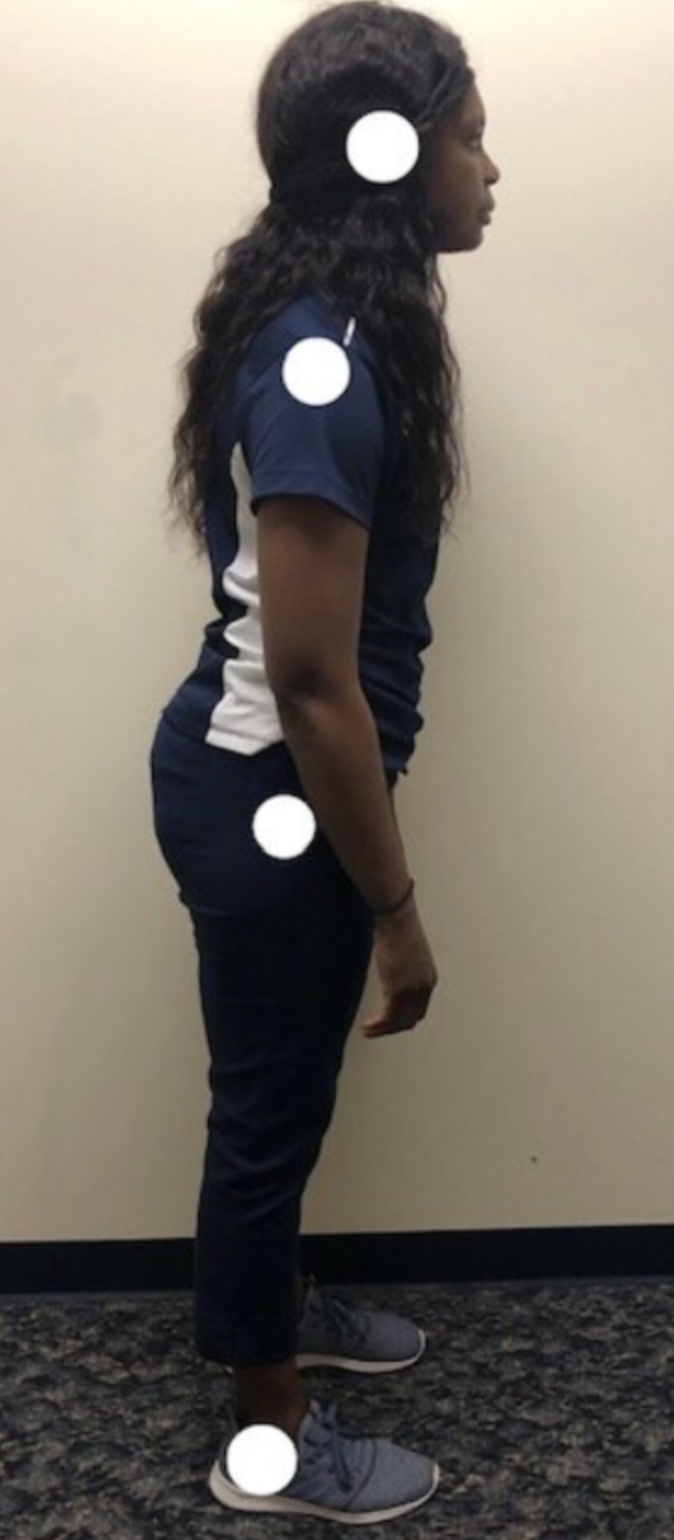
Forward Head
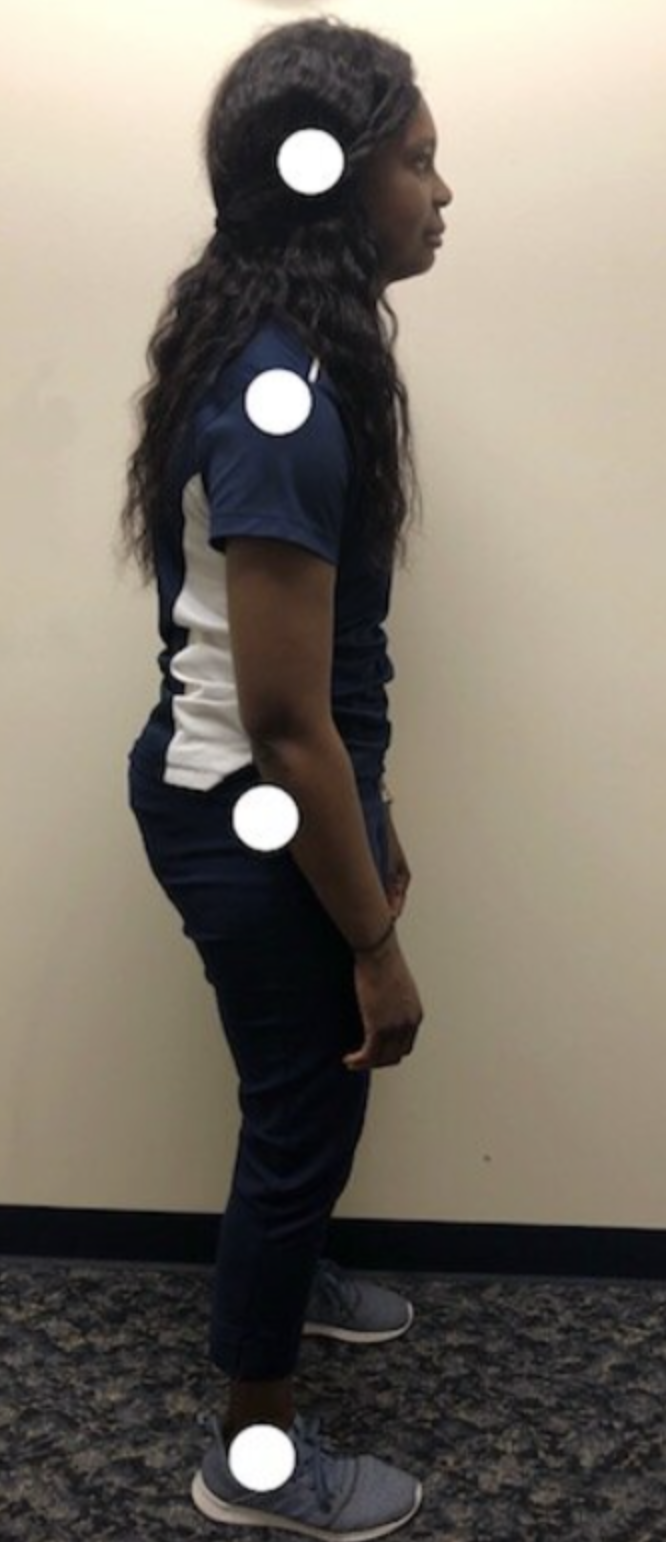
Flat Back
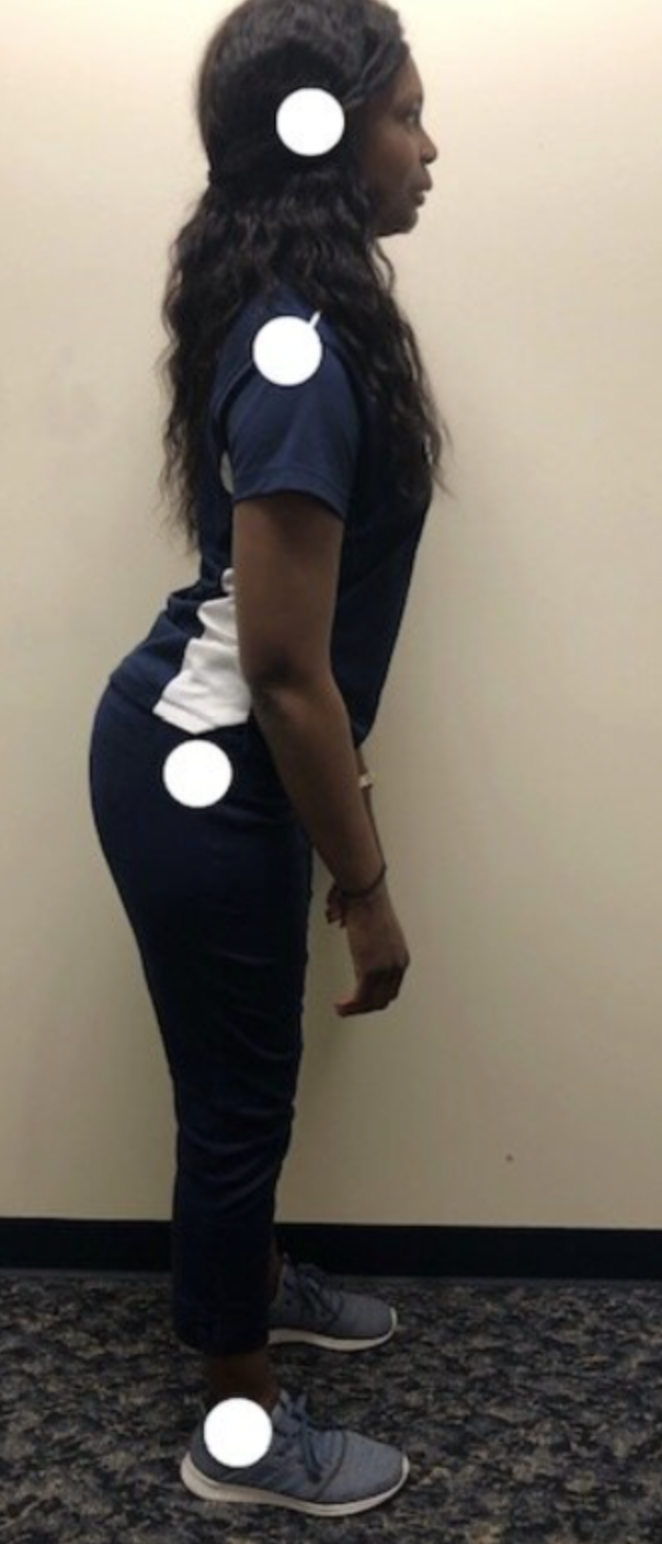
Sway Back
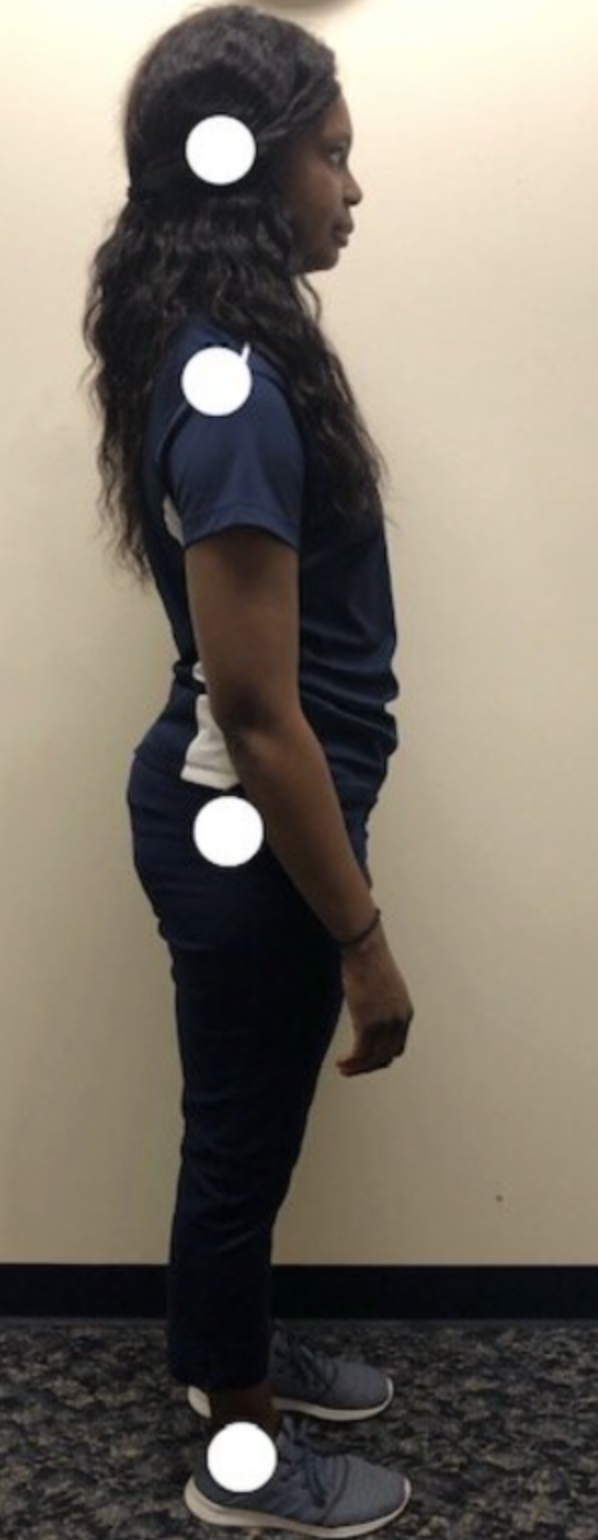
Neutral Spine
Awareness and fluidity of your total body posture when practicing and performing in the MMB, as well as when you are studying, relaxing, using your phone and reading are paramount to feeling well and limiting strain and pain in your muscles and joints. By definition, posture is “the position in which someone holds their body when standing or sitting” (Cleveland Clinic, 2019). Address injuries and lingering pain quickly for best results. If you have a more flexible body type than your peers, also known as “double-jointed” you may benefit from learning and using different joint positions and/or strengthening exercises to limit pain with practicing or marching. Some of you may also find that purchasing ergonomic supports for your instrument or seeing a specialized Performing Arts Therapist is the most efficient way to address any pain issues you have.
Tips for Minimizing Neck, Shoulder, and Back Pain
For those of you who sit to practice your instrument, realize you also have added stress to your spine from sitting to do school work and using electronics for both fun and work purposes.
Don’t stay in one position too long. Set a timer on your phone for 45 minutes or less and move around or take a break from whatever posture you were just in
Sit tall with a pillow or rolled towel supporting your lower back
Stand, walk and march tall to engage core muscles; consider core conditioning if you have back pain issues
Bring electronics up to your eye level. Your head weighs 10-12 lbs. This is all the weight the muscles along the back of the neck and tops of shoulders were designed to support. When you start looking down at your phone or computer, the weight of the head quickly increases to 40+ pounds and can easily cause neck strain, pain and headaches
What to do if you are experiencing pain
Find a provider that understands your practice and performance needs and can speak the language of an instrumentalist. The MMB staff physicians, Dr. Cemal Sozener and Dr. John P. Schmidt are available weekly at MMB rehearsals to address any concerns or injuries you may have.
When you are injured, consider performing relative rest (activities that still allow you to play/practice, but in a manner that does not cause pain) as opposed to complete, absolute rest. Engaging in other forms of practice, such as shadow-playing, mental practice, and visualization are helpful ways to keep learning while you are allowing your body to recover.
Perform cross-training and address any lingering conditions during the off-season
Ergonomic modifications can assist with the management of the weight and height of instruments such as sousaphones, drums, flutes, and other instruments to avoid injuries caused by heavy instruments, asymmetries, and imbalances.
Below are several pictures of postures with instruments. The pictures on the left-hand side demonstrate postures that cause more stress on the body. The ones on the right show more neutral postures that cause less physical stress.
Bell front valved Brass players: (L) Stress to mid finger joints due to hypermobility/double-jointed fingers vs (R) Ideal finger positioning with knuckles bent, fingers rounded.
Applies to winds, woodwinds, and brass when sitting to play: (L) slouched sitting posture with increased neck, jaw, and upper back strain along with limited diaphragmatic breathing vs (R) upright sitting posture with a relaxed neck, jaw, back muscles, and full rib motion for breathing.
Clarinet: (L) hyperextended right thumb with joint and muscle strain in several locations vs (R) thumb in neutral, protected posture. Mouth and jaw pain from vibration of playing plus impact from marching may be softened by a mouthpiece cushion.
Flute/Piccolo: (L) Right thumb straight to bent sideways putting stress on the thumb joint as it tries to support the end weight of the instrument. (R) thumb joint slightly bent and centered, not bent sideways to better support the instrument.
Musician Self-Awareness Checklist
To improve understanding of your body and any possible limitations that may cause injury, it is good to know more about these physical education domains that are relevant to the musician’s general fitness and health:
Cardiorespiratory endurance
Muscle endurance
Muscle strength
Posture
Body composition
Flexibility
Nutrition
Sleep
These domains contribute to the following in various performance scenarios:
Consistency of motor control/efficiency of movement
Maintenance of ergonomic posture (core stability)
Technique relaxation and flow
Ergonomics—environment, set up, equipment
PERFORMING ARTS INJURY CLINIC
The MedSport Team is made up of orthopedic surgeons, sports medicine, pediatric specialists, physician assistants, physical therapists and assistants, and athletic trainers.
Call 877-877-9333 to make an appointment.
Contributors
Cindy Munday, PT, MPT
Paola Savvidou, DMA, NCTM
Kristen Hope Schuyten, PT, DPT

